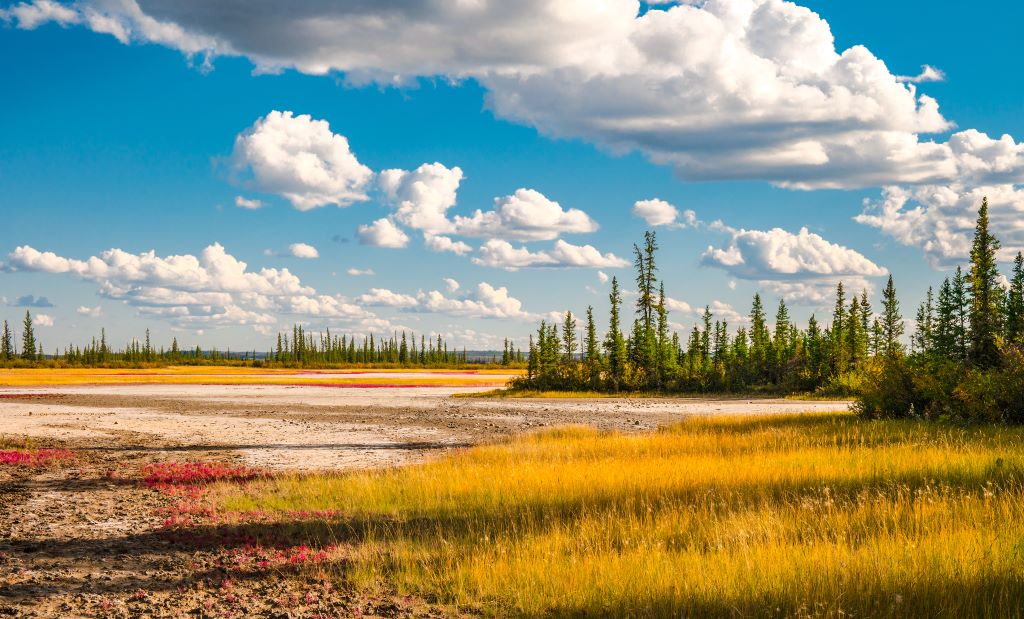Species at risk facing multiple, cascading threats — but we have solutions
When it comes to nature, Canada is considered a land of plenty — plenty of ocean coastline and boreal forest; plenty of sea ice and grasslands; and plenty of winding rivers, sparkling lakes and expansive wetlands. While it’s true that we have a lot of intact ecosystems throughout our vast and beautiful country — the second-largest amount remaining in the world, in fact — plenty is a relative term. Plenty has not proven to be enough for all wildlife to thrive.

Our 2020 Living Planet Report Canada (LPRC) 2020 reveals that since 1970, populations of Canadian species assessed as at risk have plunged by an average of 59 per cent and species assessed as globally at risk have seen their Canadian populations fall by an average of 42 per cent.
Past solutions have addressed one problem at a time, and we know now that this hasn’t been enough — as our new report shows, at-risk species now face multiple threats. We need new approaches to address them simultaneously. Industrial pressures and overexploitation, for example, are threatening wildlife across our lands and waters. The climate crisis is wreaking ever more havoc, with fires and floods raging regularly across the south as the Arctic melts and the seas rise. And the resulting habitat loss and degradation are driving both species declines and land-based emissions.
It’s no easy feat to tackle all of this at once. But nature can inherently help us fight this dual crisis of climate change and biodiversity loss. Our ecosystems can sequester carbon and safeguard species — all we have to do is protect and restore these areas and let them do their jobs. And we already know how to do it.
Indigenous knowledge systems and leadership are effective and just keys to successful conservation. Protected areas, ecosystem restoration and sound management are proven to help species recover. And nature-based climate solutions not only mitigate the effects of a warming world — they also safeguard wildlife at the same time by providing the habitat they need to thrive.
Here at WWF-Canada, we’re committing our resources, re-organizing our activities and realigning our operations as part of a 10-year concentrated effort to achieve greater sustainability of wildlife populations and healthy ecosystems for both nature and people.
But we can’t accomplish this alone. It’s easy to get discouraged by bad news about the environment, especially with COVID-19 putting the world into even more of a tailspin. But post-pandemic green recovery plans can provide a rare opportunity to not just imagine the future we want to live in, but also to fund it. And when we all come together — as individuals, organizations, communities, governments and businesses — we can effect real change with innovative and inspiring solutions.
Through the LPRC 2020, we’ve shown that we have the knowledge and expertise required to reach these goals. By joining forces, we will achieve them.
(Oh, and if you don’t have time to read the LPRC 2020, check out our podcast!)
– Megan Leslie
President and CEO
World Wildlife Fund Canada

